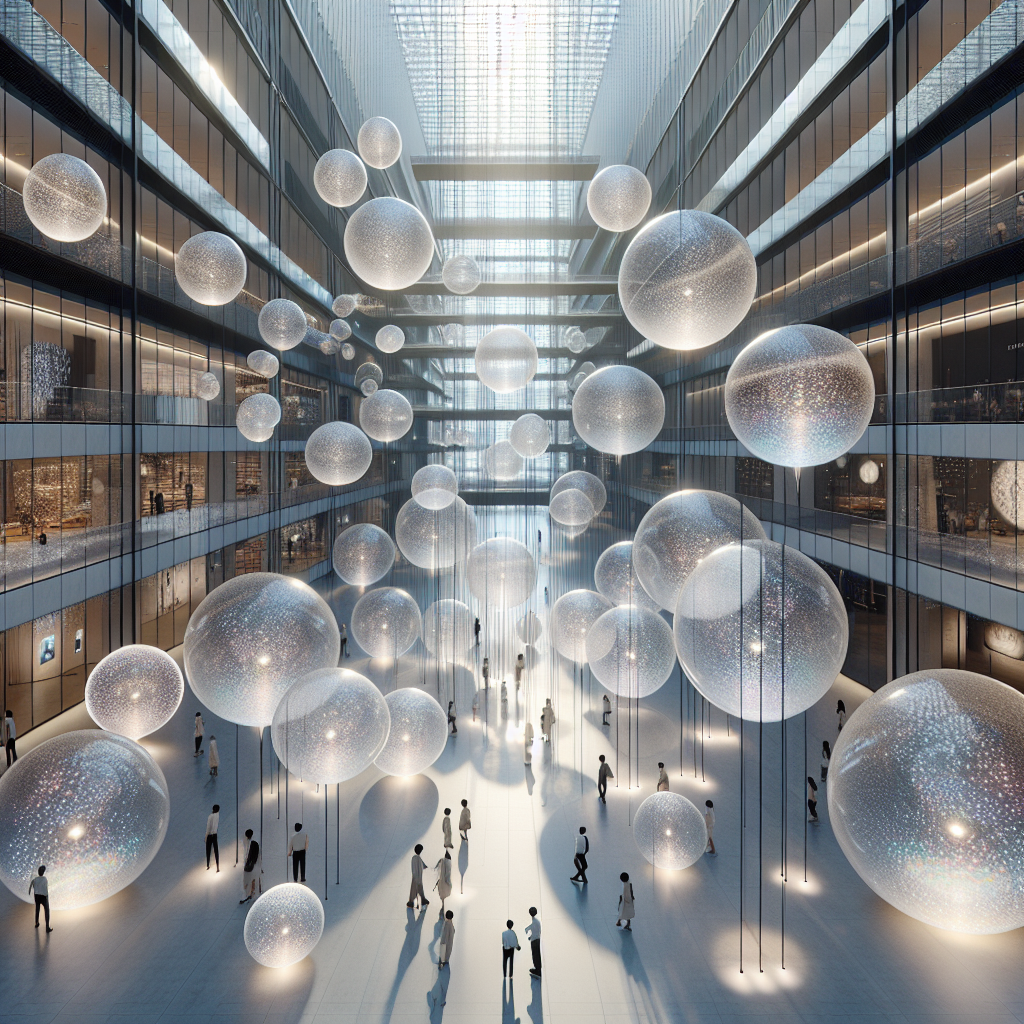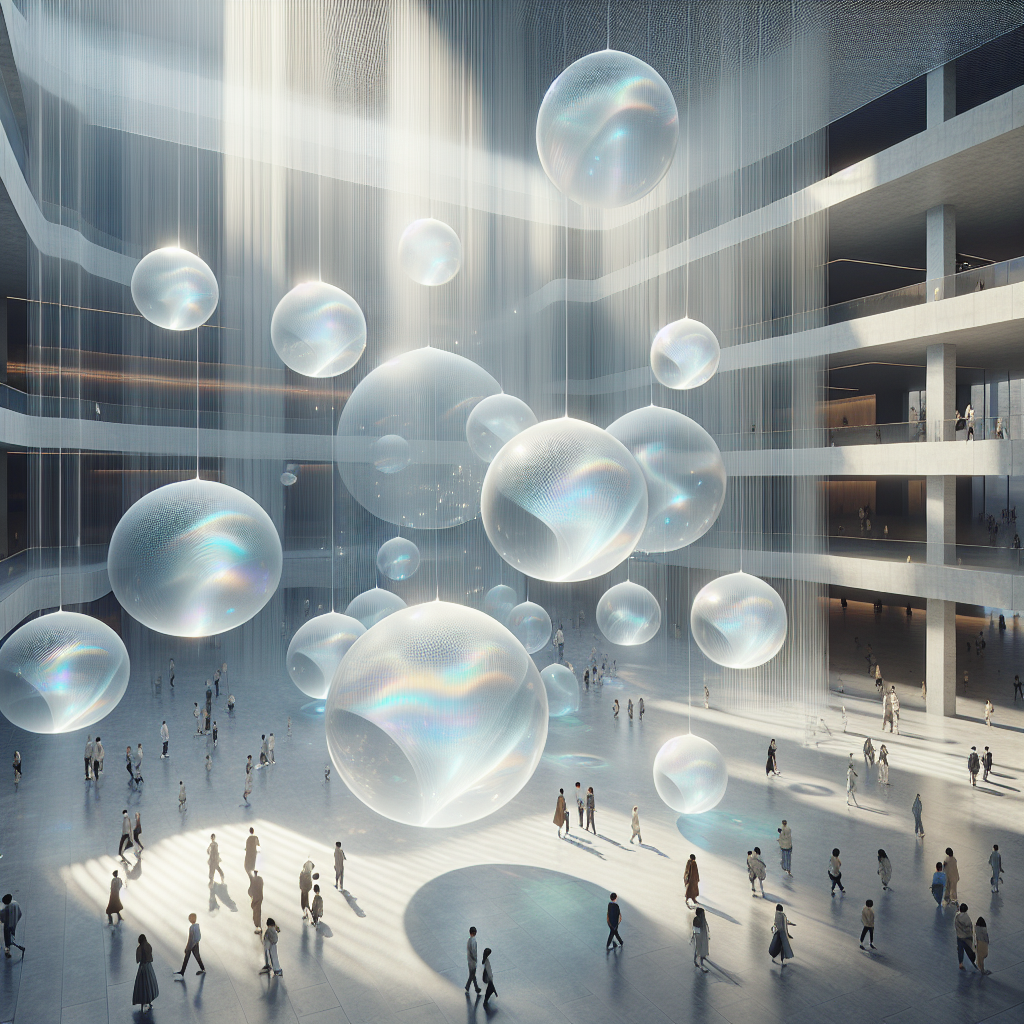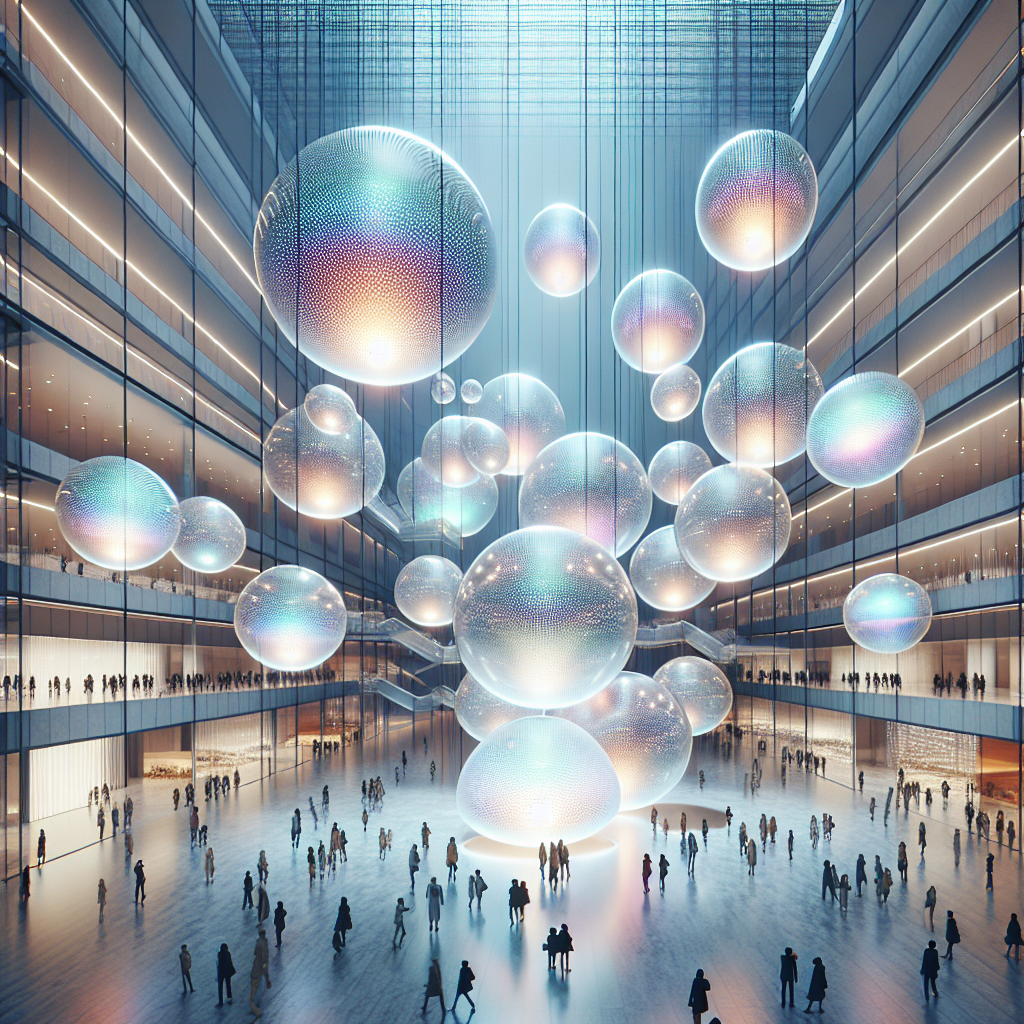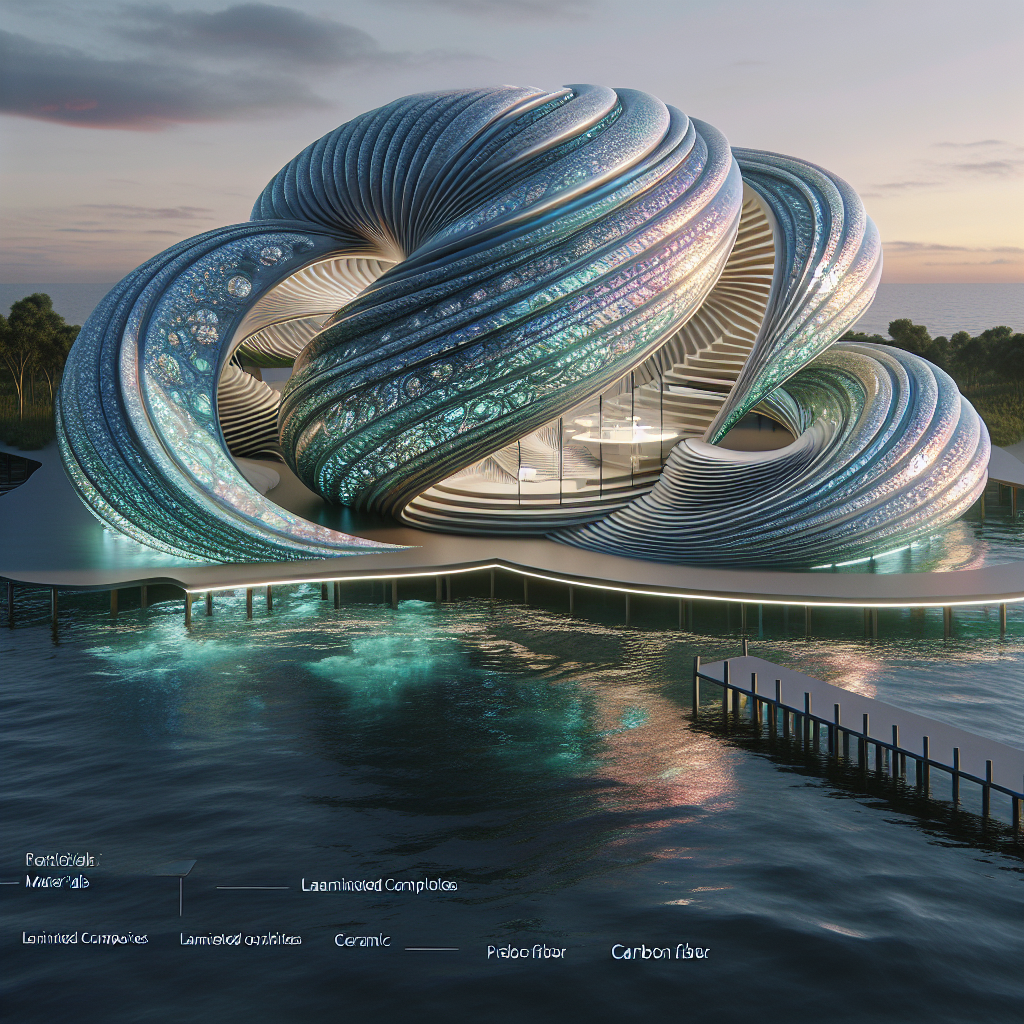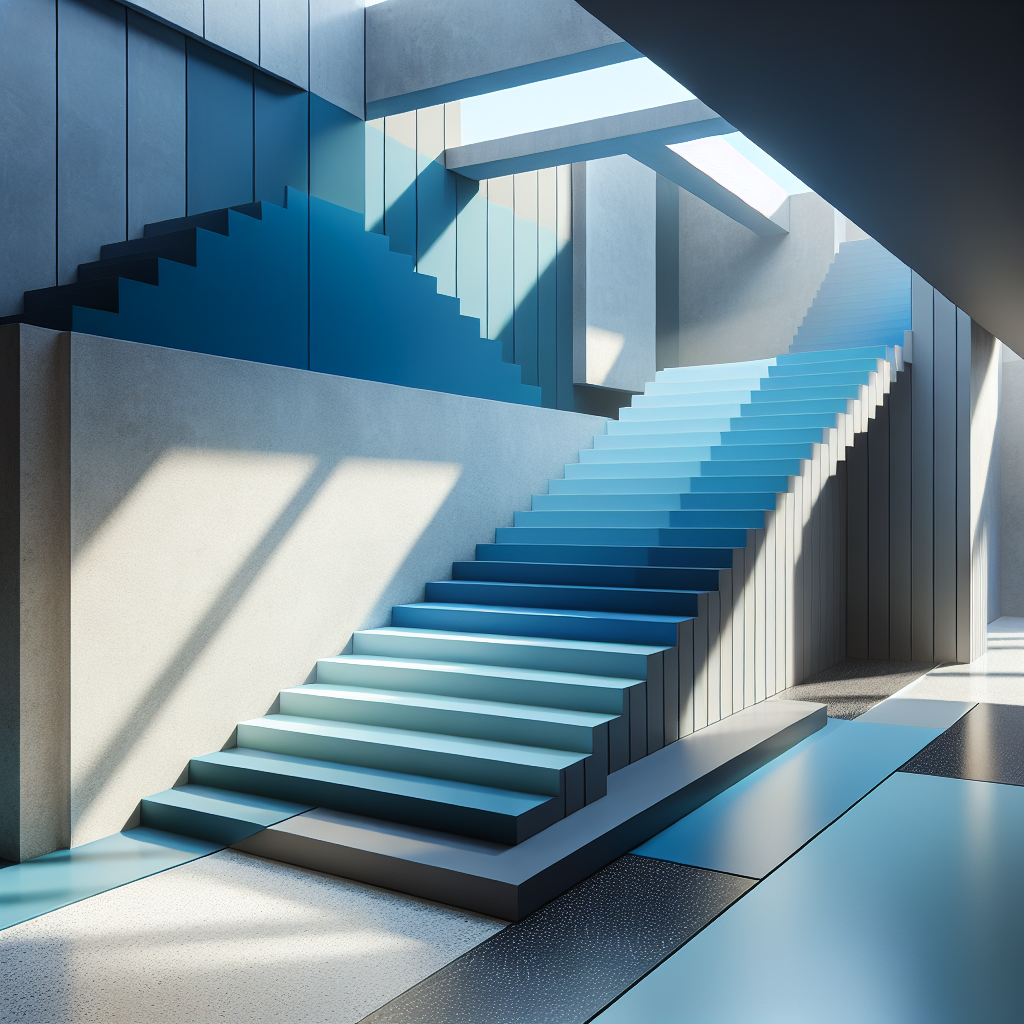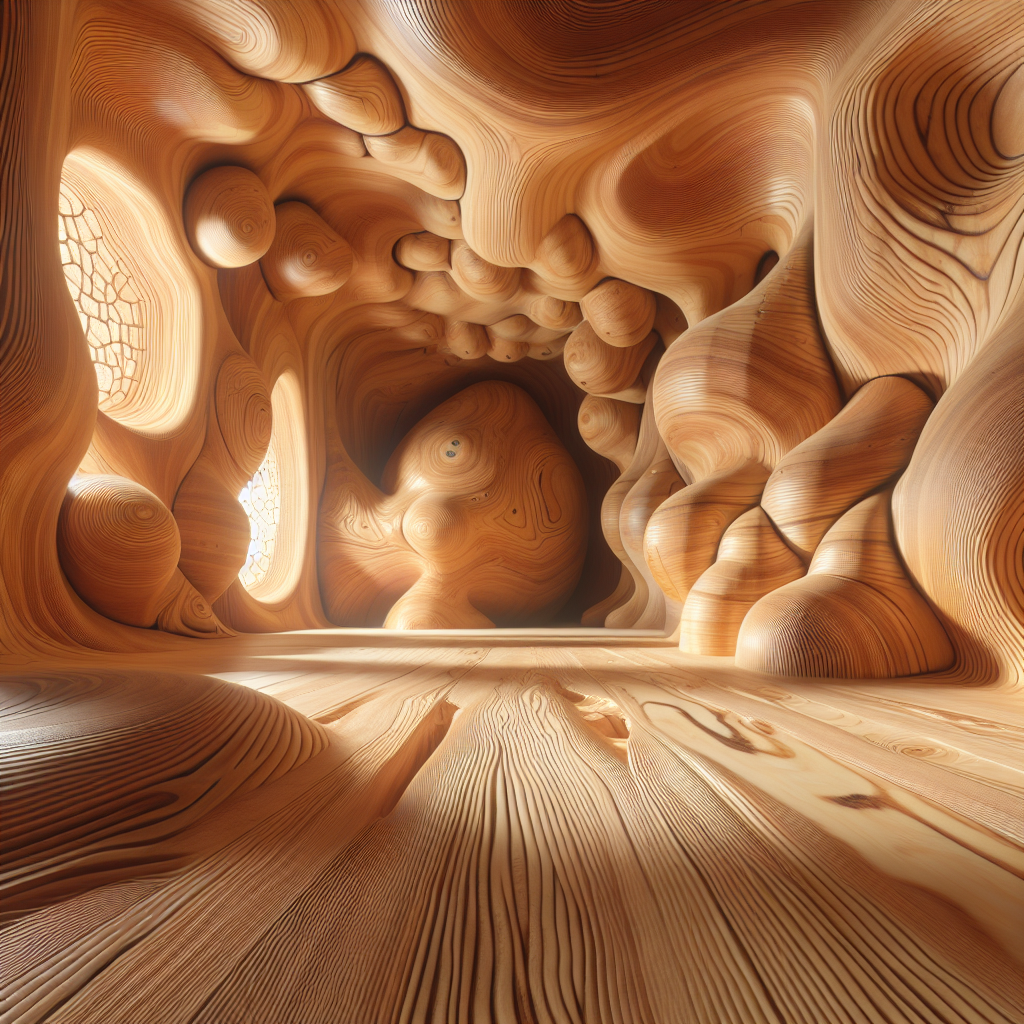Sonic bubble installations: translucent spheres producing ambient music
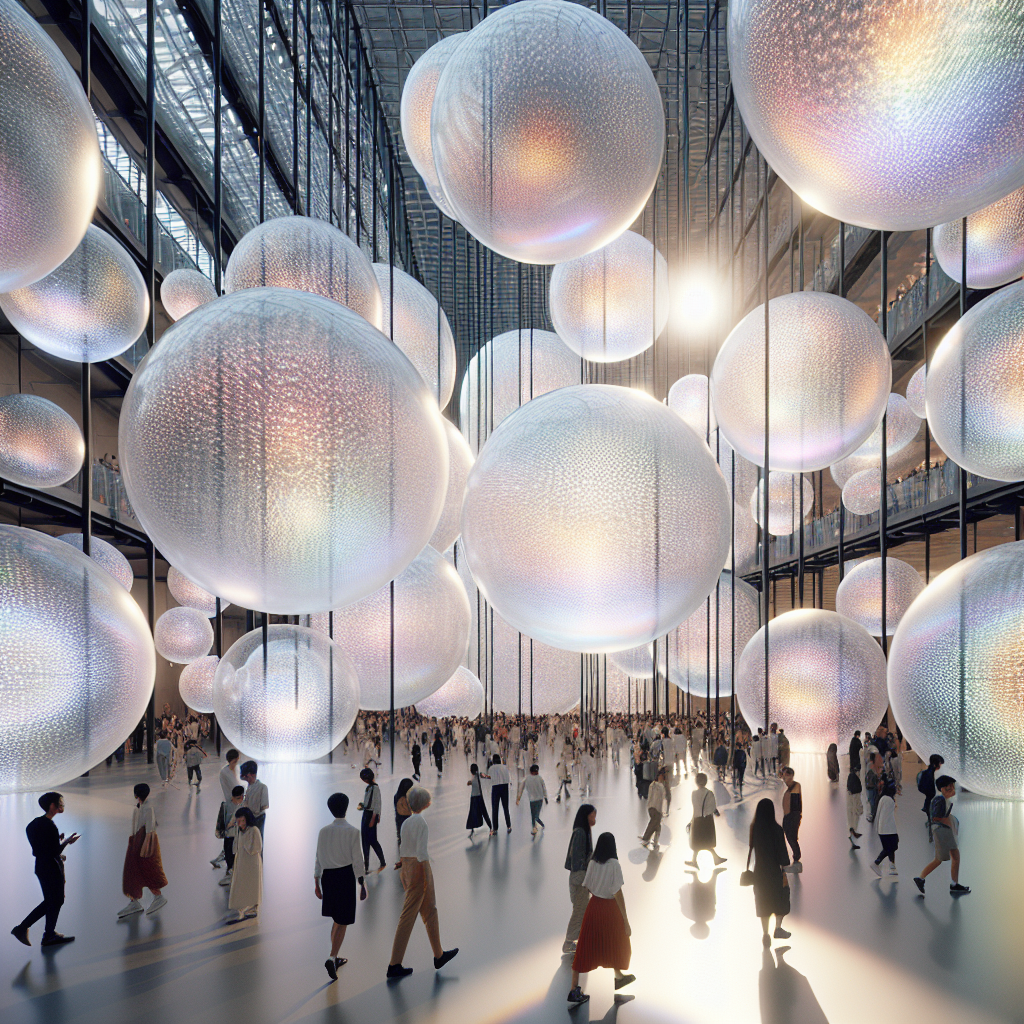
Sonic Bubble Installations: Translucent Spheres Producing Ambient Music
In the evolving landscape of experiential design, sonic bubble installations are emerging as one of the most captivating intersections of sound, light, and architecture. These ethereal, translucent spheres—suspended in galleries, atriums, or public plazas—emit carefully composed ambient soundscapes that transform spatial perception. More than decorative objects, they are immersive instruments of architecture, reshaping how we experience interiors and urban environments. As designers increasingly embrace acoustic comfort and multisensory engagement, sonic bubbles represent a radical new language for spatial storytelling.
The Rise of Sonic Architecture
The idea of architecture as a sonic medium is not new. From the resonant acoustics of Gothic cathedrals to the whispering galleries of Baroque palaces, sound has always been a hidden partner in design. Yet today, advances in digital fabrication, sensor technology, and acoustic engineering are allowing architects to sculpt sound with unprecedented precision. Sonic bubble installations embody this shift, creating micro-atmospheres of music and vibration within translucent, floating forms. Their semi-transparent skins—often crafted from lightweight polymers or glass composites—catch and refract light, while embedded transducers and speakers release tonal frequencies that respond to human presence.
This concept aligns with the broader movement of sonic architecture, where sound is treated as a structural material. Unlike traditional sound systems, these installations integrate seamlessly into the architectural fabric, blurring the boundary between object, space, and atmosphere.
Designing with Sound and Light
At their core, sonic bubbles are interactive installations. Many are equipped with motion sensors or biometric inputs, allowing the ambient music to shift as visitors move around or within them. A passerby might trigger a low, resonant hum, while a cluster of people could activate layered harmonics, creating a collective sonic experience. The translucent shells amplify this effect, glowing with subtle illumination that pulses in rhythm with the soundscape. The result is a choreography of light, sound, and human movement—a multisensory performance that evolves continuously.
In architectural terms, these installations act as acoustic partitions, softening the auditory harshness of large interiors such as airports, shopping centers, or museums. They create pockets of calm in otherwise noisy environments, echoing the principles of biophilic design by fostering restorative, sensory-rich experiences. Just as green walls and indoor gardens reconnect us with nature, sonic bubbles reconnect us with the intangible qualities of sound and atmosphere.
Case Studies: Where Sonic Bubbles Come Alive
Several pioneering projects illustrate the potential of sonic bubble installations:
- Art Biennales and Design Weeks – In recent years, experimental studios have unveiled bubble-like sound chambers at events such as Milan’s Fuorisalone and London Design Festival. These installations often combine generative music with translucent membranes, creating temporary sanctuaries of calm amid the chaos of international design fairs.
- Corporate Atriums – Forward-thinking companies are integrating sonic bubbles into their headquarters as part of wellness-driven design strategies. Positioned in lobbies or collaborative zones, the spheres encourage moments of pause, reducing stress and improving acoustic balance in open-plan environments.
- Urban Plazas – Public art commissions have begun to deploy large-scale sonic bubbles in city squares, where they function as both sculptures and social catalysts. By day, they shimmer with sunlight; by night, they emit soft glows and meditative soundscapes, transforming civic spaces into shared sensory experiences.
The Science of Ambient Soundscapes
What makes sonic bubbles so compelling is their reliance on ambient music—a genre designed to enhance environments rather than dominate them. Unlike traditional music, ambient soundscapes emphasize texture, tone, and atmosphere. According to research in soundscape studies, such auditory environments can reduce stress, improve focus, and foster social cohesion. When paired with translucent architectural forms, these soundscapes become spatially embodied, allowing visitors to literally step inside a piece of music.
Technologically, the bubbles employ directional speakers, vibration panels, and acoustic dampening materials to create localized sound zones. This ensures that the music is immersive within the bubble but does not overwhelm the surrounding space. The effect is akin to a personal concert hall—an intimate, ephemeral world suspended within a larger architectural setting.
Materiality and Fabrication
The physical form of sonic bubbles is as innovative as their soundscapes. Designers often use ETFE membranes—the same lightweight, translucent material employed in structures like the Eden Project—or advanced acrylic composites. These materials allow for both transparency and durability, while their curvature enhances acoustic resonance. Some installations incorporate nanocoatings that shift color depending on light conditions, adding a visual dynamism that complements the evolving sound.
Fabrication techniques range from CNC-milled frameworks to inflatable pneumatic structures. The modularity of these designs makes them adaptable: a single bubble can function as a meditative pod in a spa, while clusters of spheres can form entire immersive environments in museums or cultural centers. This adaptability mirrors the flexibility seen in modular design, where components can be reconfigured to suit changing needs.
Wellness, Culture, and Future Applications
As the design world increasingly embraces wellness-oriented architecture, sonic bubbles are finding relevance across sectors. In healthcare, they are being explored as therapeutic environments for stress reduction and sensory integration. In education, they serve as experimental classrooms where sound and light enhance learning. In hospitality, they offer guests immersive experiences that extend beyond traditional luxury.
Looking ahead, sonic bubbles could play a role in smart cities, where responsive environments adapt to human behavior. Imagine a public park where clusters of bubbles respond to weather, time of day, or collective mood, offering soundscapes that shift from energizing in the morning to calming at dusk. This vision aligns with the growing integration of interactive art into urban planning, where design is no longer static but continuously evolving.
A New Frontier in Experiential Design
Sonic bubble installations represent more than a passing trend; they signal a deeper transformation in how we conceive of space. By merging architecture, sound design, and interactive technology, they invite us to inhabit atmospheres rather than merely observe them. They challenge the primacy of the visual in design culture, reminding us that architecture is as much about what we hear and feel as what we see.
For architects and designers, the rise of sonic bubbles underscores the importance of multisensory thinking. Just as interactive installations have redefined the role of public art, sonic bubbles are redefining the role of sound in architecture. They are not simply objects but living environments—responsive, ephemeral, and profoundly human.
In a world where overstimulation is the norm, these translucent spheres offer something rare: a chance to pause, listen, and inhabit a moment of sonic serenity. They remind us that the future of design lies not only in what we build, but in the atmospheres we create.
Sonic bubbles are not just installations; they are invitations—to listen differently, to feel differently, and to imagine architecture as a symphony of space, light, and sound.
